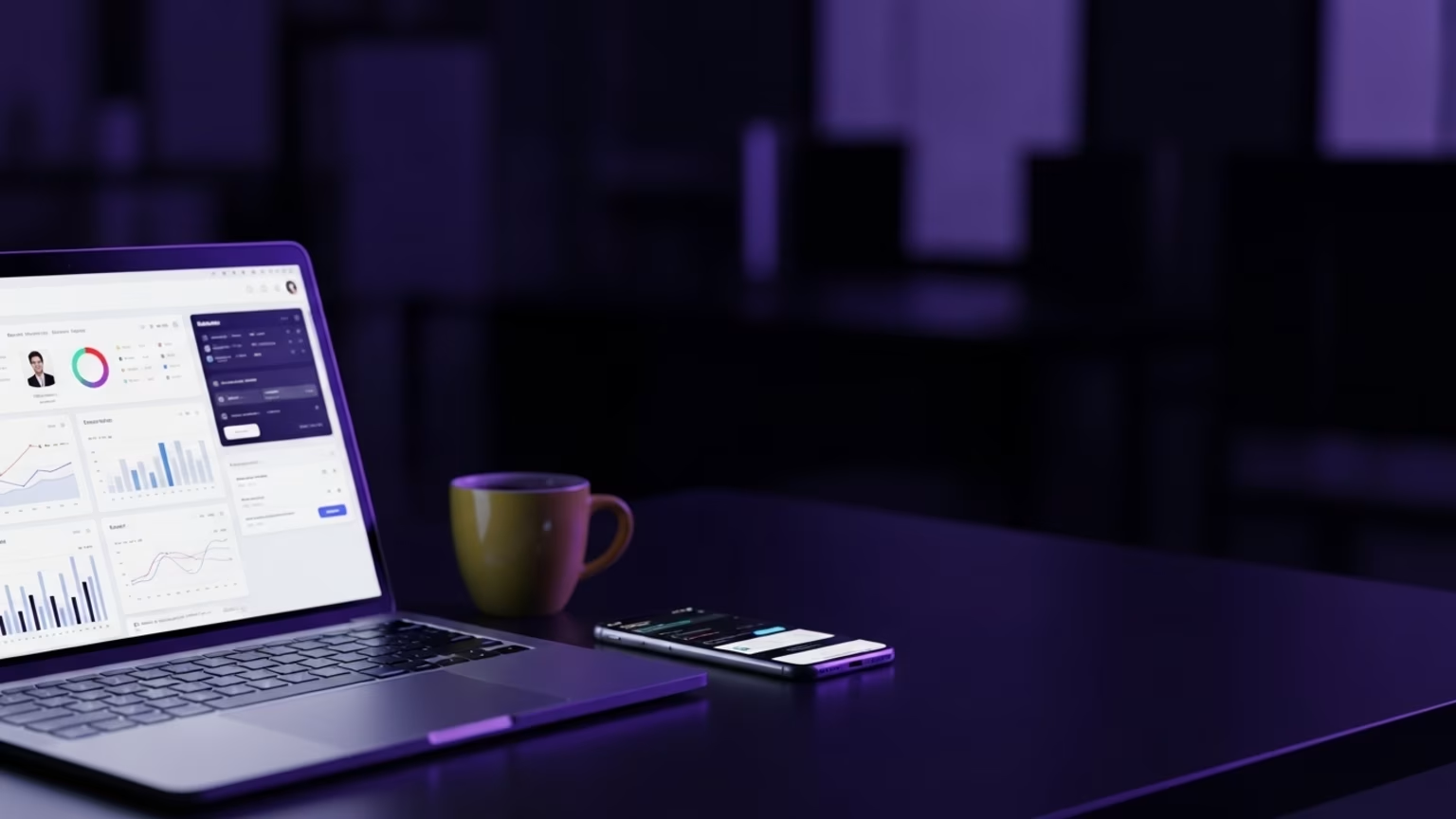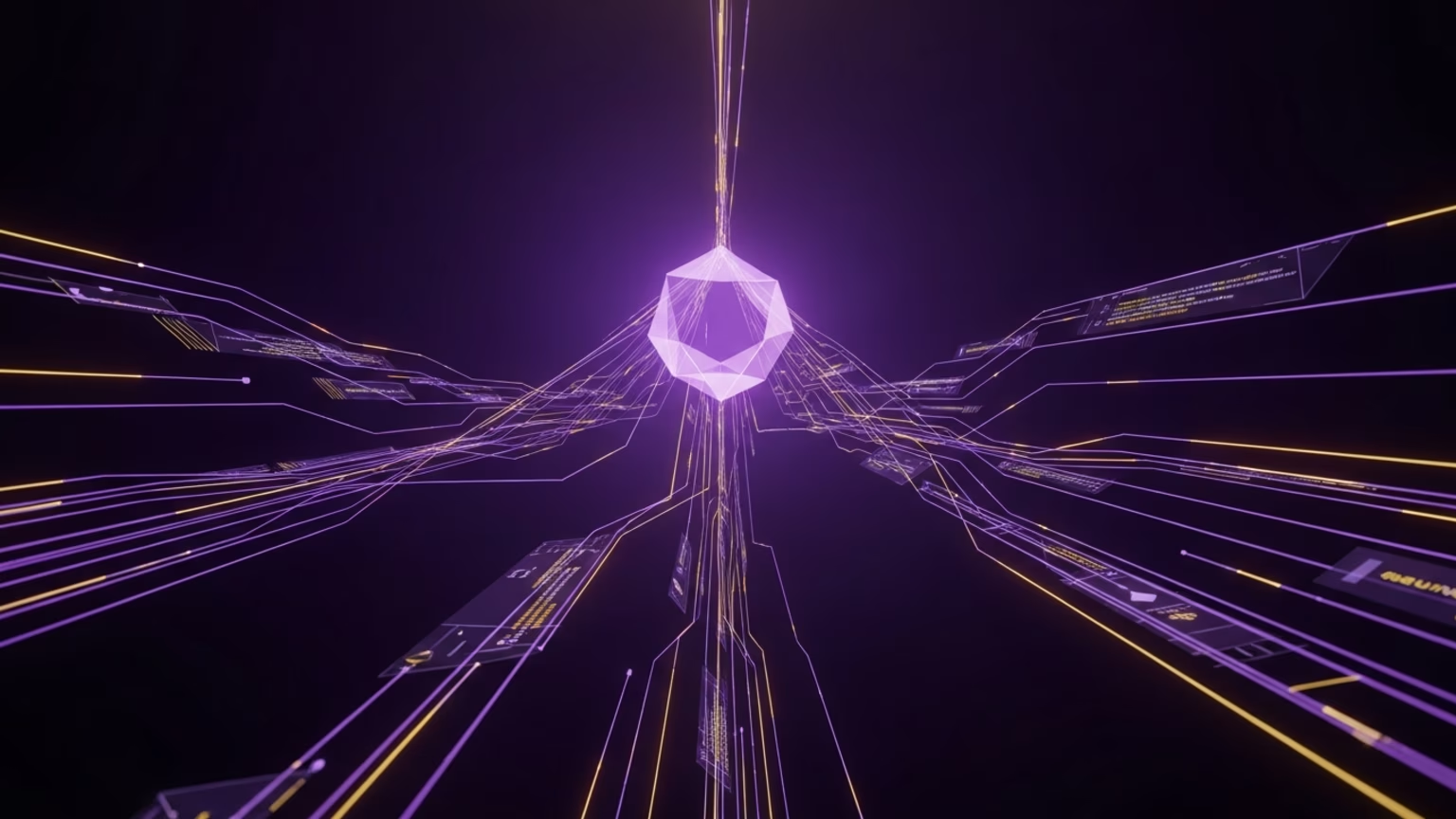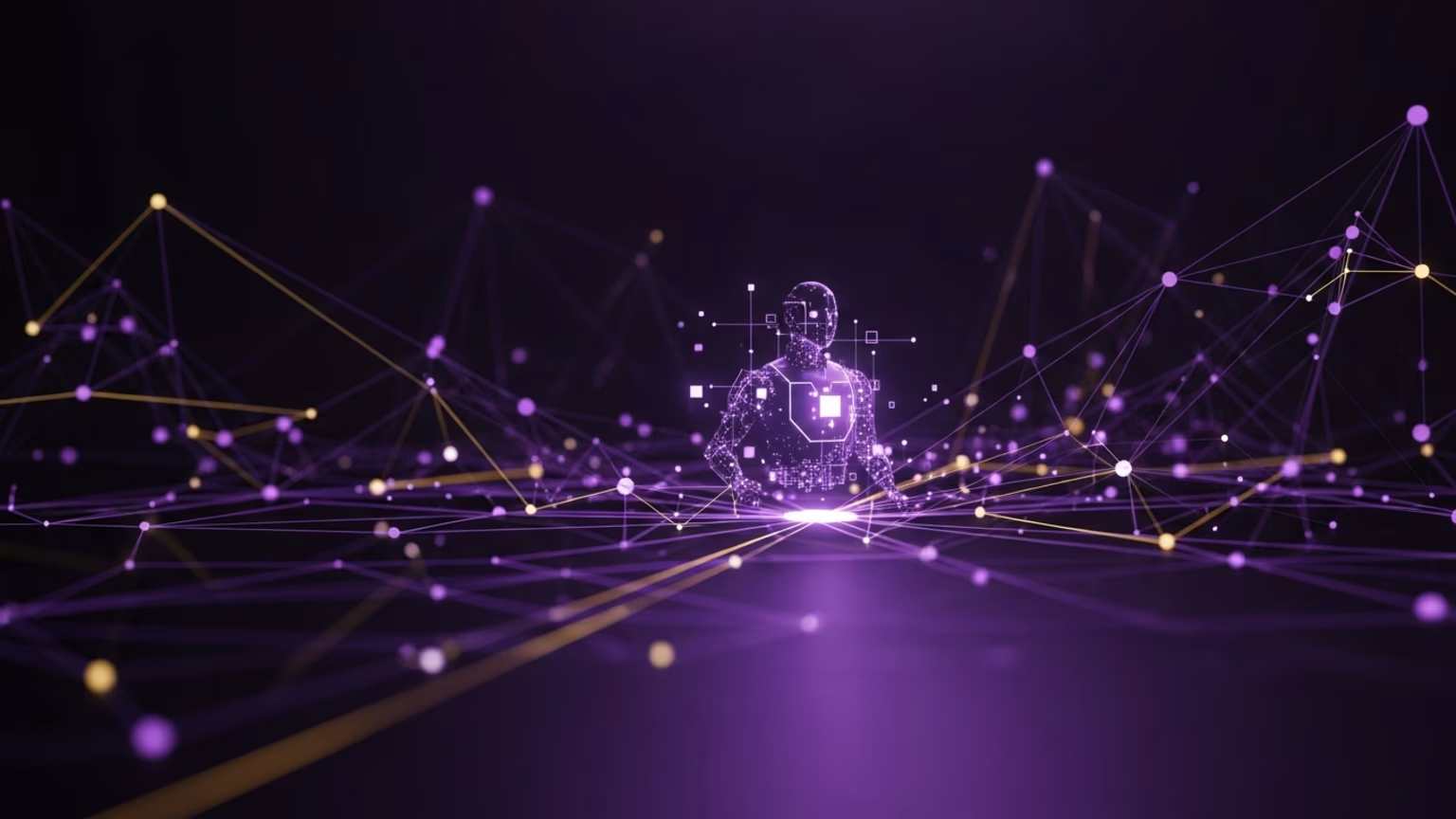
AI & Automation
How to use OpenAI's new generative music tool
Prepare for OpenAI's generative music tool. Use this 5 step plan to create unique AI music for your content.

The quick answer
OpenAI is creating a generative music tool to create songs from text. To prepare your business, follow these five steps:
- Audit your current music usage: Document where you use audio, how much you spend on stock music, and any licensing issues.
- Experiment with existing AI tools: Use current platforms like Google's MusicLM to understand how text-to-music generation works.
- Define your brand's audio identity: Create a simple guide that outlines your brand's sound, including mood, tempo, and key instruments.
- Develop a prompt framework: Train your team to write detailed, effective prompts to get predictable, high-quality results from any generative music tool.
- Update your content workflow: Decide where AI music creation fits into your production process, from video editing to social media scheduling.
What is OpenAI's generative music tool?
OpenAI, the company behind ChatGPT and Sora, is developing a new tool for AI music creation. This system is designed to generate complete musical tracks from simple text descriptions or sample audio clips. For example, you could ask it for "a mellow acoustic track for a product demo video" and receive a custom-made piece of music.
Early reports suggest the tool is being developed with input from students at The Juilliard School, a world-renowned performing arts conservatory. This collaboration signals a focus on creating high-quality, musically sound outputs, not just generic background noise. The technology is expected to be a major step forward in generative music.
While no release date is confirmed, the potential for integration with tools like Sora (AI video generator) is significant. This could allow creators to generate a video and a custom soundtrack from a single prompt, radically speeding up content production.
Why this generative music tool matters for marketers
This development is more than a technical curiosity. It's a practical tool that can solve common marketing challenges. For years, marketers have relied on expensive and repetitive stock music libraries. Finding the perfect track that isn't already used by a competitor is a constant struggle.
A powerful generative music tool changes the equation. It allows you to create an unlimited supply of unique, royalty-free music that is perfectly tailored to your brand, campaign, or specific piece of content. This helps you stand out and build a more distinct brand identity.
Your 5 step plan to prepare for AI music
You don't have to wait for OpenAI to release its product to get ready. The brands that benefit most from new technology are the ones who prepare first. Follow these steps to build a foundation for using AI music creation effectively in your marketing.
Step 1: Audit your current music and audio usage
Before you can improve your process, you need to understand it. Conduct a simple audit of how your business currently uses audio. This will give you a baseline to measure the impact of new tools.
Use this checklist to guide your audit:
- Usage Inventory: Where does your company use music? List all channels, including social media videos, Reels, TikToks, YouTube content, podcasts, online ads, and website backgrounds.
- Cost Analysis: How much do you currently spend on music? Add up subscriptions to services like Epidemic Sound, Artlist, or individual track licenses. Calculate your average monthly or annual cost for audio assets.
- Licensing Review: Have you ever faced copyright claims or licensing confusion? Document any past issues. Clarifying usage rights is a major benefit of creating your own tracks with a generative music tool that offers commercial licenses.
- Performance Metrics: Does audio impact your content's performance? Note if certain types of music lead to higher engagement or better conversion rates on your ads.
Step 2: Experiment with existing AI tools now
The best way to understand generative AI is to use it. Several companies already offer public AI music tools. Spending time with them will help your team learn the fundamentals of prompting and understand the current capabilities and limitations.
Set aside one hour for your content team to test one of these platforms. The goal is not to create a finished product, but to learn. Have them try to create a 30-second track for a recent social media video. This hands-on experience is invaluable.
Some available tools include Google's MusicLM and Meta's AudioCraft. Exploring these platforms will prepare you for the specific language and inputs needed for effective AI music creation.
This experimentation also helps you manage expectations. You will quickly learn what makes a good prompt and see how AI interprets creative instructions. This practice reduces the learning curve when more advanced tools like OpenAI's become available. If you need a partner to manage this process, Ingeniom's fully managed plans can integrate these tools into your content strategy.
Step 3: Define your brand's audio identity
Without clear guidelines, AI tools can produce inconsistent results that dilute your brand. Just as you have a visual style guide for logos and colors, you need an audio identity. This document ensures every piece of music you generate feels like it comes from your brand.
Your audio identity guide can be a single page. It should define:
- Mood and Emotion: List 3-5 keywords that describe your brand's feeling. (e.g., "Confident," "Calm," "Energetic," "Inspiring").
- Tempo (BPM): Specify a beats-per-minute range. (e.g., "Slow, 60-80 BPM" for a wellness brand, or "Upbeat, 120-140 BPM" for a fitness brand).
- Key Instruments: List the primary instruments that define your sound. (e.g., "Acoustic guitar, piano, and light strings" or "80s-style synthesizers and electronic drum machines").
- Instrumentation to Avoid: Note any instruments or sounds that clash with your brand. (e.g., "No heavy electric guitars or aggressive brass").
This simple guide becomes your instruction manual for prompting any generative music tool. It ensures anyone on your team can create on-brand audio consistently. This is a core part of building a strong brand, something we focus on with every website we build.
Step 4: Develop a prompt framework
The quality of your AI output depends entirely on the quality of your input. "Happy music" is a weak prompt. A detailed prompt gets a better, more specific result. Create a simple framework your team can use to write effective prompts every time.
A strong prompt for an AI music tool should include these elements:
- Genre/Style: (e.g., "Indie pop," "Lofi hip-hop," "Cinematic orchestral").
- Mood/Feeling: (e.g., "Uplifting and motivational," "Relaxed and focused," "Tense and mysterious").
- Instrumentation: (e.g., "Featuring a lead piano, strings, and a simple electronic beat"). This comes from your audio identity guide.
- Tempo: (e.g., "120 BPM").
- Use Case: (e.g., "Background music for a 30-second Instagram ad about a new software feature").
Example Prompt: "Create an uplifting indie-pop track for a 30-second product launch video. It should be around 125 BPM and feature acoustic guitar, a driving drum beat, and background vocal harmonies. The mood is optimistic and energetic."
Step 5: Update your content workflow
Finally, plan how to integrate AI music creation into your existing content production process. Deciding this now prevents confusion later. The goal is to make using the tool a seamless part of your operations, not an extra task.
Discuss these questions with your team:
- Who is responsible? Will your video editor generate the music? Your social media manager? Assign a clear owner.
- When does it happen? Should music be created during the storyboarding phase or during the final video edit? Update your project management templates to include a step for "Generate Audio."
- How is it reviewed? Implement a quality control step. The responsible team member should generate 3-5 options for each piece of content, and a manager or creative lead should approve the final selection.
For businesses on our fully managed monthly plans, this integration is something we handle. We align AI tools with your content calendar to ensure a smooth, efficient workflow from start to finish.
Risks and how to manage them
New technology always comes with new challenges. A smart approach involves understanding the potential risks and planning for them. With AI-generated music, the primary concerns are copyright, quality, and brand consistency.
The legal landscape for AI-generated content is still evolving. The U.S. Copyright Office has issued guidance stating that works created solely by AI without human authorship are not eligible for copyright protection. To manage this, only use generative music tools that provide clear terms of service granting you a commercial license for the music you create. This protects your business from future legal claims.
By following the 5-step plan above—especially defining your audio brand and using a review process—you can ensure the music you generate is both high-quality and perfectly aligned with your brand identity.
read more
Similar articles

How to use Anthropic Opus 4.5 for your business

Google Gemini 3 launches with new coding tools
Let’s grow
Start your monthly marketing system today
No guesswork, no back-and-forth. Just one team managing your website, content, and social. Built to bring in traffic and results.




